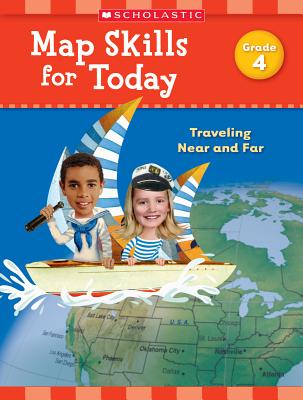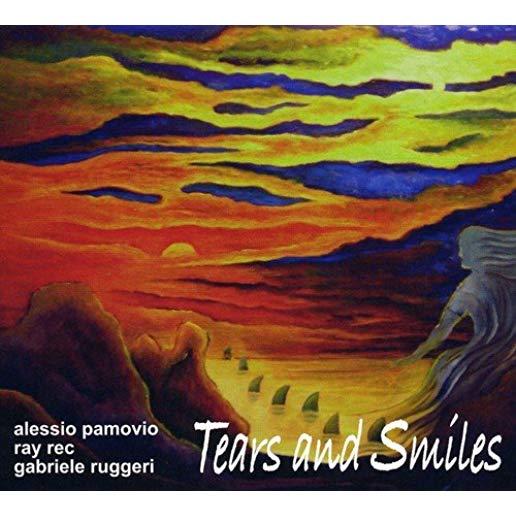
Petrilli, Michael
"Follow the science."
The message seems straightforward: Identify best practice according to the evidence, and then do it.
But it's not quite that simple in the real world.
It's also clear that "the science" is constantly contested, both by scientists and the larger public. That's the essence of science: no one gets the exclusive right to claim what the evidence says, much less a permanent right to do so.
Yet for all its limitations and complexities, "following the science" is one of the primary ways that we humans have made progress over the centuries. It has allowed us to solve problems at a global scale like modern farming that feeds billions, why infant mortality has plummeted, and life spans have expanded in ways that our ancestors could have never imagined.
So, the editors identify what the science tells us about evidence-based practices in elementary schools and, based on the experiences of highly effective elementary schools, describe what this looks like in the real world of classrooms.
Following the science into its application in this way--and sharing how it works on the ground--provides workable answers to key questions rather than challenging every teacher, school, or district, to figure out those answers on their own.







